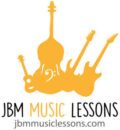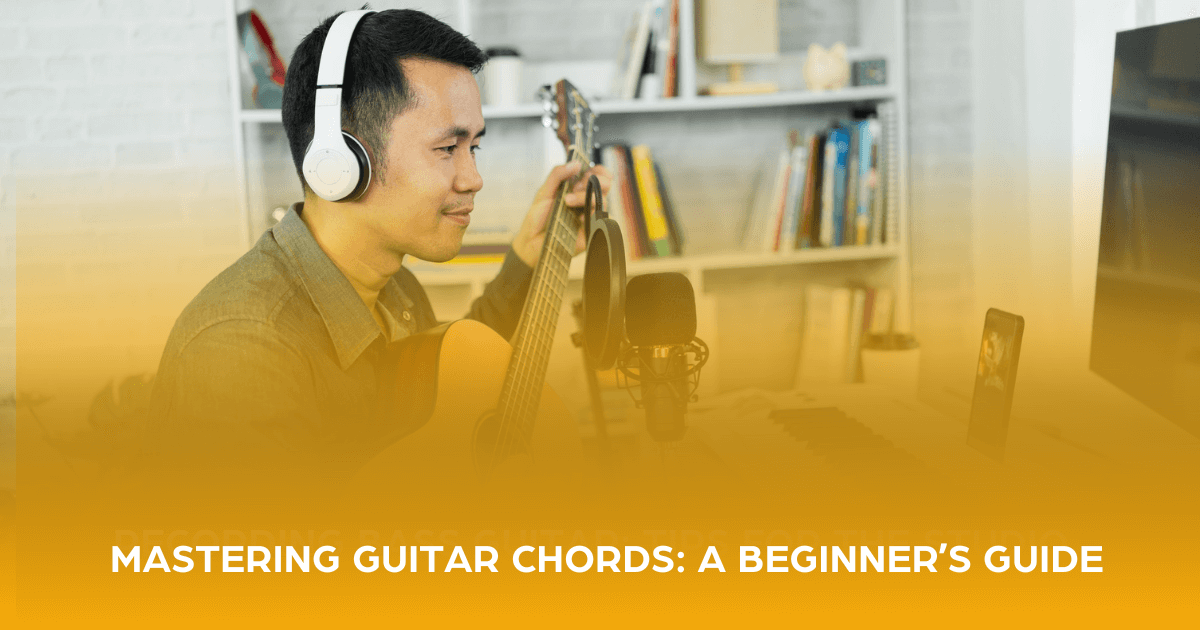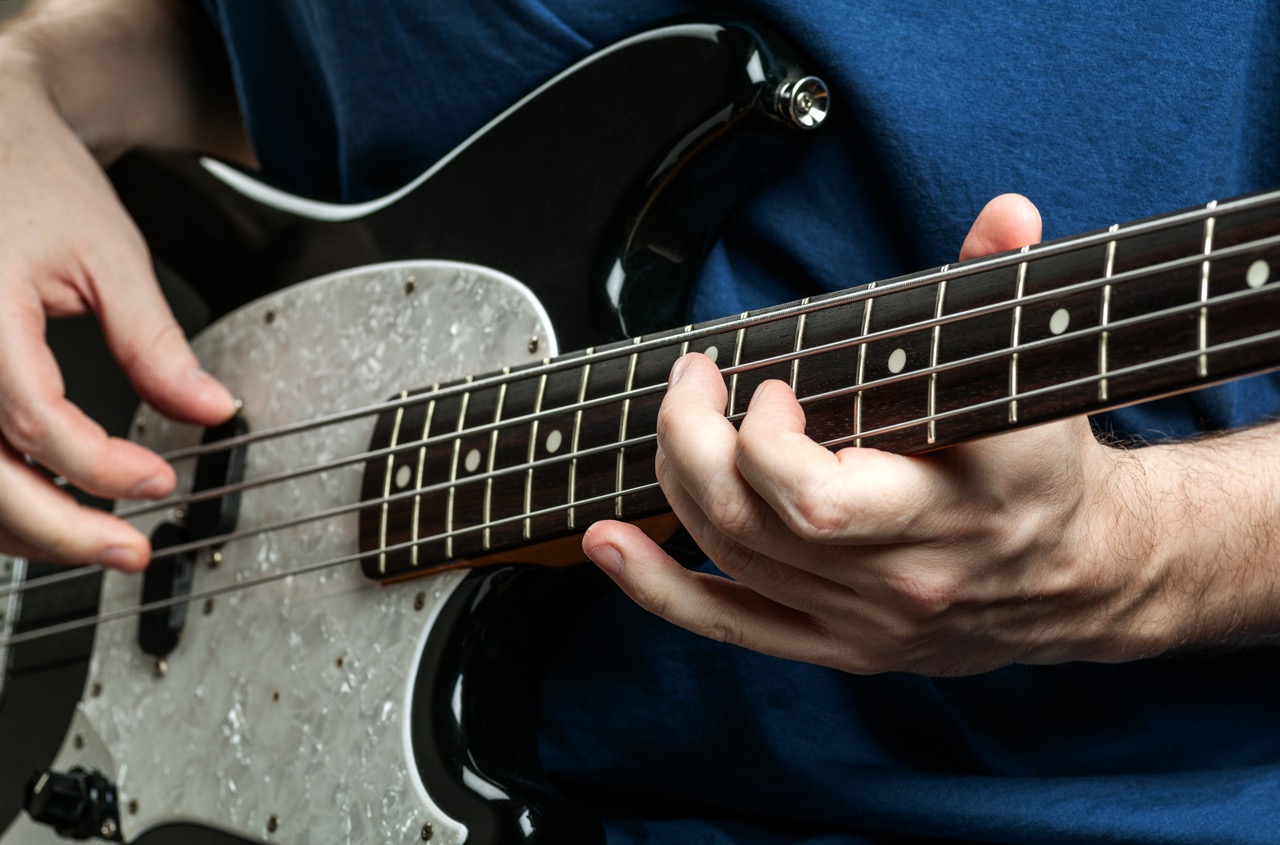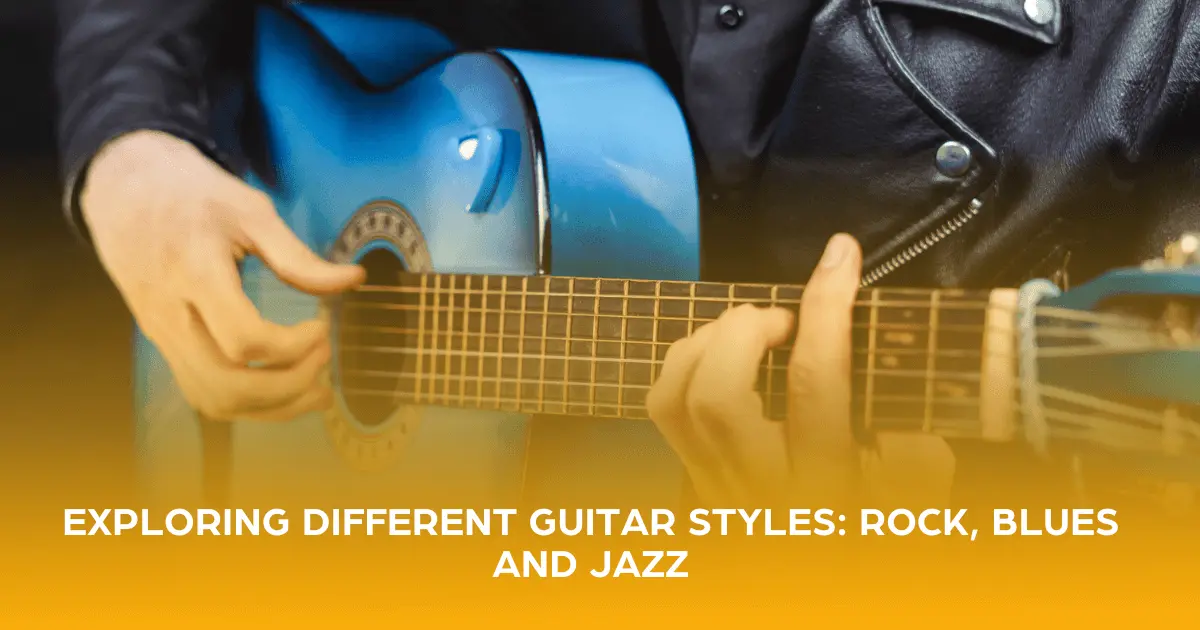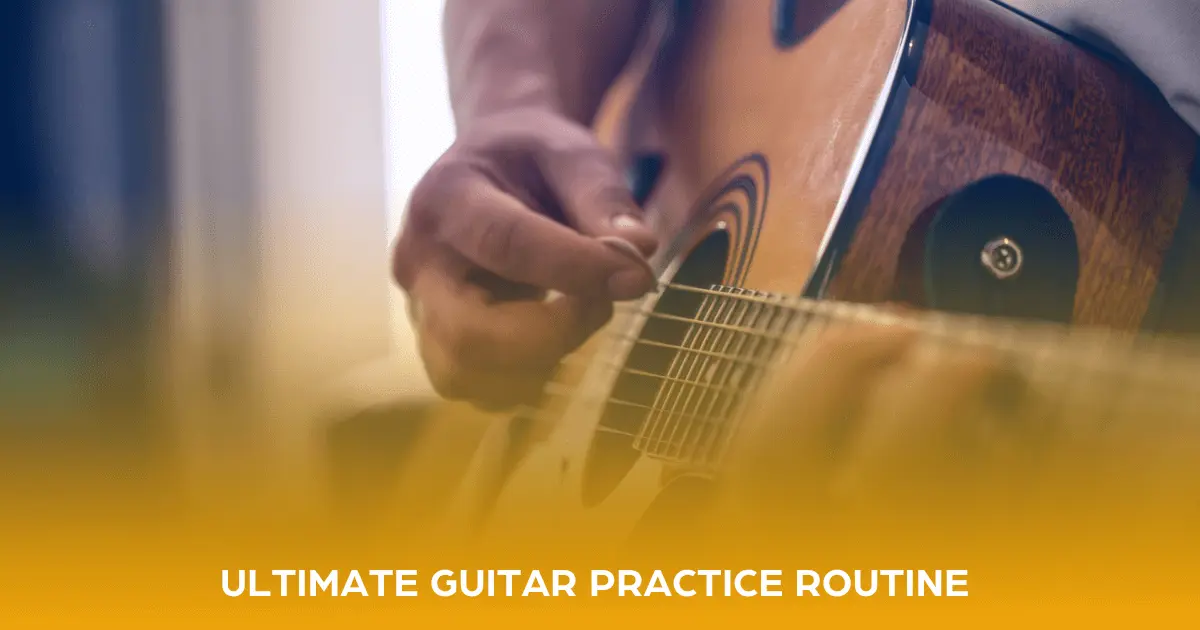Learning to play the guitar is an exciting experience! The first step in this exciting journey is mastering guitar chords. It doesn’t matter whether you’re a beginner or a seasoned pro; you’ll use chords whenever you play the guitar. This guide will review the essential steps of mastering guitar chords and how to use them.
Table of Contents
ToggleImportance of Learning Guitar Chords
Before going into depth, let’s discuss why they’re essential. Learning how to play different chords unlocks a whole new world of possibilities. From basic chords to advanced progressions, guitar lessons are the foundation for playing. Here’s what you need to know about learning how to play guitar chords:
- Understanding basic guitar chords is easy. When you learn to play simple chords, you can learn thousands of songs in various genres.
- Playing guitar chords involves understanding finger placement to achieve a clear sound from each string. Consistent practice makes it easier and allows transitions to become more fluid.
- Basic chords for beginners, such as the open chords (C, G, D, A, E, and F), are the first chords every guitarist should learn. These chords are simple and are used in various songs, making them essential for any player.
Learning chords is essential. It’s one of the basic steps that can’t be skipped. By practicing and taking them one step at a time, you’ll learn to play guitar like a pro.
Learning Beginner Chords
If you’re learning to play the guitar for the first time, you’ll start by focusing on beginner guitar chords. These basic chords are the foundation of many songs. The fundamental chords include:
- C Major
- G Major
- D Major
- A Major
- E Major
These chords are fairly straightforward. When you’re learning to play them, you must ensure your fingers are placed correctly to produce clean notes. Visual aids or diagrams can help finger placement and hand positioning.
Mastering Smooth Transitions Between Chords
One of the most challenging aspects of playing guitar is the transition between chords. Moving from one chord to the next seamlessly takes time, but it’s an essential skill to develop. Check out these tips:
- Start Slow: Slowly practice chord transition so you can focus on getting each chord clean and clear. Speed comes with time.
- Use Proper Finger Placement: Firmly press your fingers down on the strings to produce a clean sound without muting any strings.
- Practice Common Progressions: The majority of songs use similar chord progressions. For example, popular music commonly uses the I-IV-V progression (C-G-Am-F in the key of C). Familiarizing yourself with these will help you learn faster.
- You will build up muscle memory if you practice transitions between chords like C to G, D to A, and others. In time, moving between chords will become second nature.
Creating Music with Chord Progressions
After you master transitioning between chords, you can work on chord progressions. Chord progressions are sequences of chords played in succession and are the foundation of several songs. Whether taking guitar lessons for kids and adults or learning independently, mastering these will help you better understand music and make playing along to your favorite songs much more manageable.
The most common chord progressions include:
- I-IV-V Progression (C-G-Am-F)
- ii-V-I Progression (DM-G-C)
- I-V-vi–IV Progression (C-G-Am-F)
If you practice these progressions, you will feel more comfortable with how chords interact. Incorporating chord progressions into your playing will help you play various songs and develop a musical ear.
Stepping Up Your Skills With Advanced Guitar Chords
As you continue playing guitar, you’ll encounter more advanced guitar chords. These chords add a sense of complexity and richness to your sounds. Here are some examples:
- Barre Chords: These involve pressing down multiple strings with one finger across the fretboard, allowing you to play more complex chord shapes.
- Seventh Chords (G7, C7): Used in several musical genres, such chords are common among blues and jazz players.
- Extended Chords: You are playing more than three notes when you play these chords. These tend to be the 9th and 13th chords that give your music a fuller sound.
Learning to play advanced guitar chords can be handy when you develop enough skill. They allow you to improve your playing and open up more opportunities for creative expression.
Common Mistakes to Avoid While Learning Guitar Chords
You might make mistakes while learning to play guitar chords, but that’s okay! However, there are some things that you should avoid to make your learning more manageable, including:
- Not Pressing Down on Strings Firmly Enough: Beginners tend to not press down hard enough on the strings. This can lead to muted or buzzy notes. Remember to press down firmly but not excessively.
- Placing Fingers Too Close to the Fret: Placing your fingers too close to the metal fret can result in unwanted buzzing. Always place your fingers just behind the fret for a clean sound.
- Practicing Transitions Too Quickly: If you transition between chords too quickly, your playing can get pretty sloppy. Take it slow and focus on individual transitions before speeding up.
- Improper Thumb Placement: A common mistake among beginners is placing their thumb in the wrong position, making pressing down on the stirrings more difficult. Keep your thumb on the middle of the neck for the best results.
Understanding these common mistakes will allow you to play chords more effectively. Then, with time, you can master them.
Start Mastering Guitar Chords to Take Your Playing to the Next Level!
Mastering guitar chords is part of any guitarist’s journey. There’s so much to know, from beginner guitar chords to transitions and chord progressions. However, you can succeed with private lessons from JBM Music Lessons in Los Angeles.
Are you ready to master guitar chords? Contact me to enroll in private guitar lessons today!
